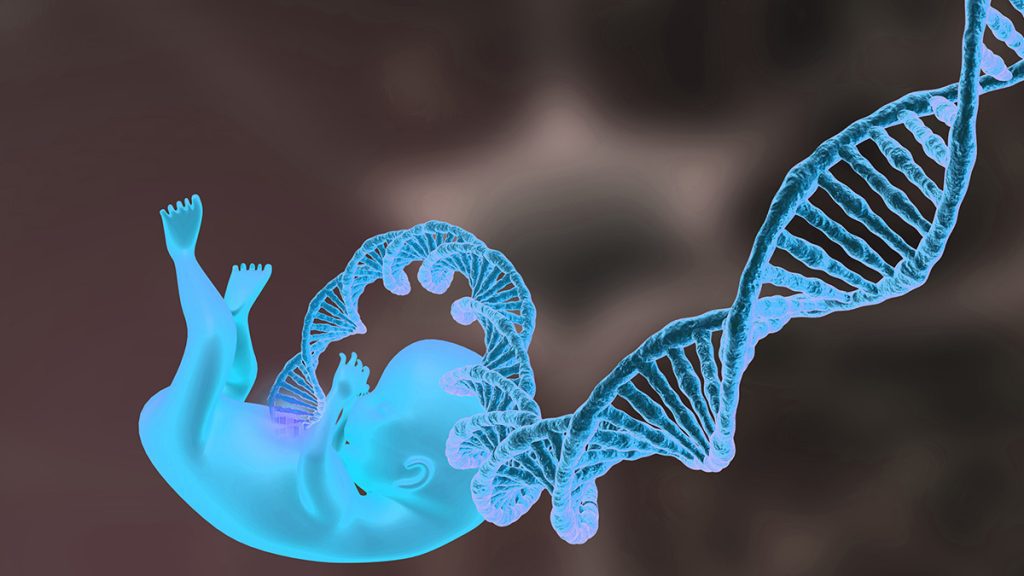
The birth of Britain’s first baby with DNA from three individuals marks a significant milestone in IVF procedures and genetic interventions.
- Mitochondria are essential components found in cells that generate energy for various biological processes.
- Disruptions in the number or function of mitochondria can lead to organ dysfunction and various health issues.
- The procedure aims to assist women with mutated mitochondria in having children without the risk of passing on genetic disorders.
The Guardian recently reported the birth of Britain’s first baby with the DNA of three individuals. The baby was born following a new IVF procedure. This groundbreaking technique allows parents with certain genetic conditions to have healthy children by combining the genetic material of two parents with a donor’s healthy mitochondria. The procedure aims to prevent the transmission of mitochondrial diseases from mothers to their children. I’m afraid that such genetic interventions will open Pandora’s box of its own, dangerous kind.
The Mitochondria Are the Powerhouse of the Cell
Most living things on this planet have mitochondria in their cells, including us, plants, and animals. As your biology teacher would have told you at some point, mitochondria are indeed the powerhouse of cells: They generate an organic compound for the cells to use as a source of chemical energy.
What Happens When It’s Defective?
In layperson’s terms, high-energy demand organs, such as the heart and muscles, require more mitochondria. So, when their number or function is disrupted, organs receive less energy, leading to organ dysfunction.
Such a disease can cause a vast array of health concerns:
- Fatigue
- Weakness
- Metabolic strokes
- Seizures
- Arrhythmias
- Developmental or cognitive disabilities
- impairment of hearing, vision, growth, liver, gastrointestinal, or kidney function
- Etc.
How Did They Do It?
While some cases can occur randomly, mitochondrial diseases are genetic. Mitochondrial donation treatment (MDT) research aimed to help women with mutated mitochondria to have babies without the risk of passing on genetic disorders as they are responsible for passing it down. In this case, and to put it very simply, there was three key elements to such genetic interventions:
- Removing and saving the parental nucleus from the mother’s fertilized egg.
- Removing and discarding the nucleus from a donor’s fertilized egg with healthy mitochondria.
- Inserting the parental nuclear material into the enucleated donor egg.
The resulting fertilized egg has the DNA of the parents in the nucleus and a very small amount (around 37 genes) from the donor. The procedure is not without risks, however.
“Designer” Babies?
The intent here is very noble. But I cannot help but think that this could be a slippery slope. Could further research into DNA alterations to modify or completely remove “undesirable” outcomes come at the expense of our diversity? The mere idea of “designer” babies make me question my faith in humanity.
Final Thoughts
I love genetics. I find it fascinating that we are all expressions of double-stranded helixes. Something so minute is our core. I love humankind’s determination to eliminate whatever diseases possible from the next generation. And we’ve come so far in genetic interventions. But how far is too far? How far is far enough?
Inside Telecom provides you with an extensive list of content covering all aspects of the Tech industry. Keep an eye on our Medtech section to stay informed and updated with our daily articles.